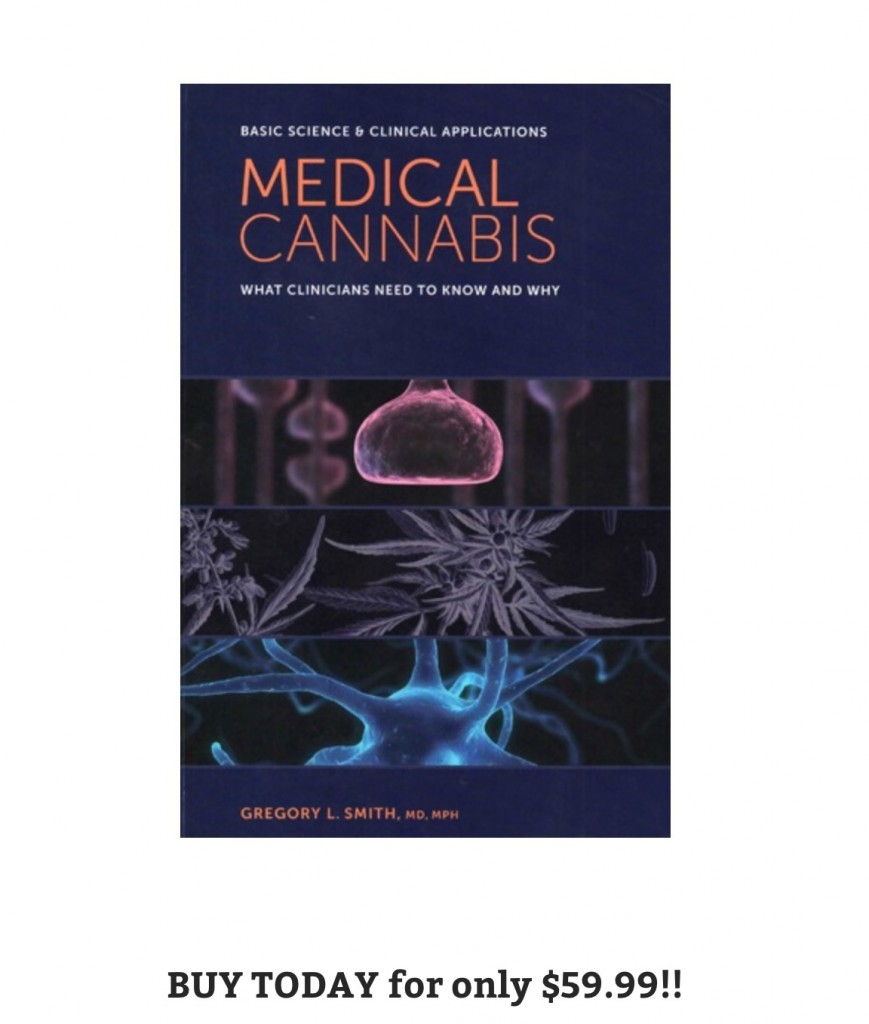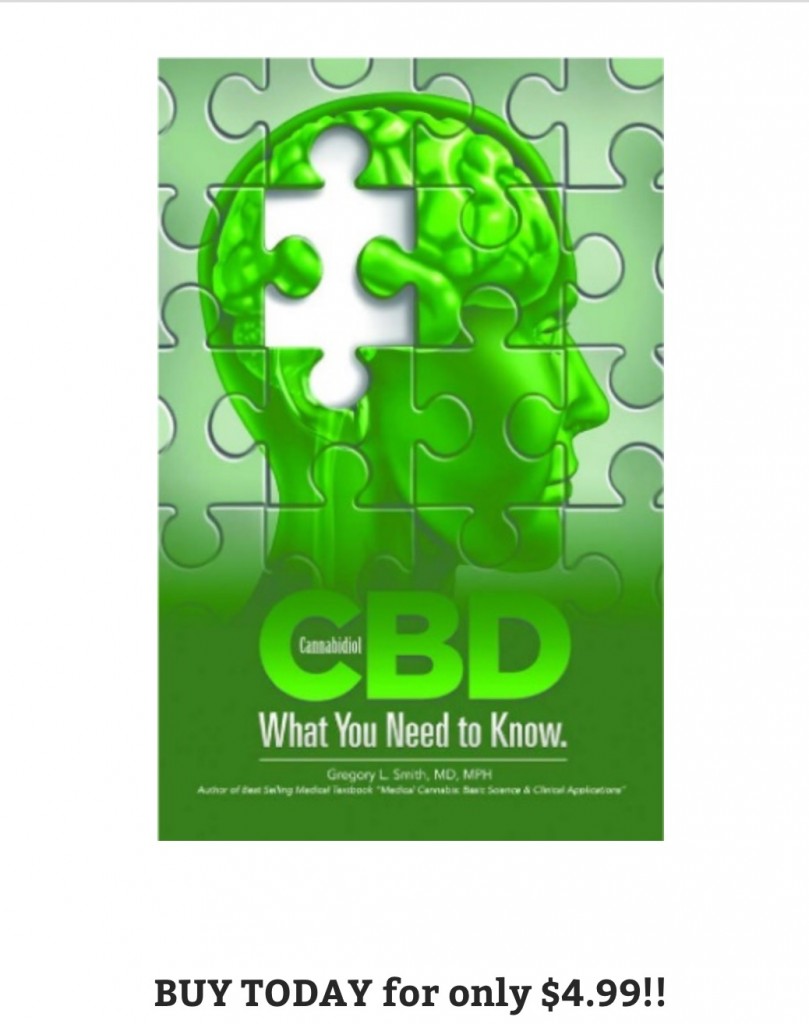- Thread starter
- #81
Hi Sue. Would you be able to reply with the ISBN number or the link for this book please.
Looks like a good addition to my study material ...
I snapped those pictures at the local Barnes and Noble ginganinja. If you google "The Complete Human Body" it pops up all over. It's really a great study aid, disregarding it's complete ignorance of the system that controls all the others.
 I may pick it up myself once funds open up. Does it surprise you how much you end up spending on the garden?
I may pick it up myself once funds open up. Does it surprise you how much you end up spending on the garden? 




 I better put this on my study list. Great find SweetSue, Go Ninja!
I better put this on my study list. Great find SweetSue, Go Ninja! Overdoses of herion add another 26 deaths a day to the climbing numbers of opioid failure.
Overdoses of herion add another 26 deaths a day to the climbing numbers of opioid failure. 




